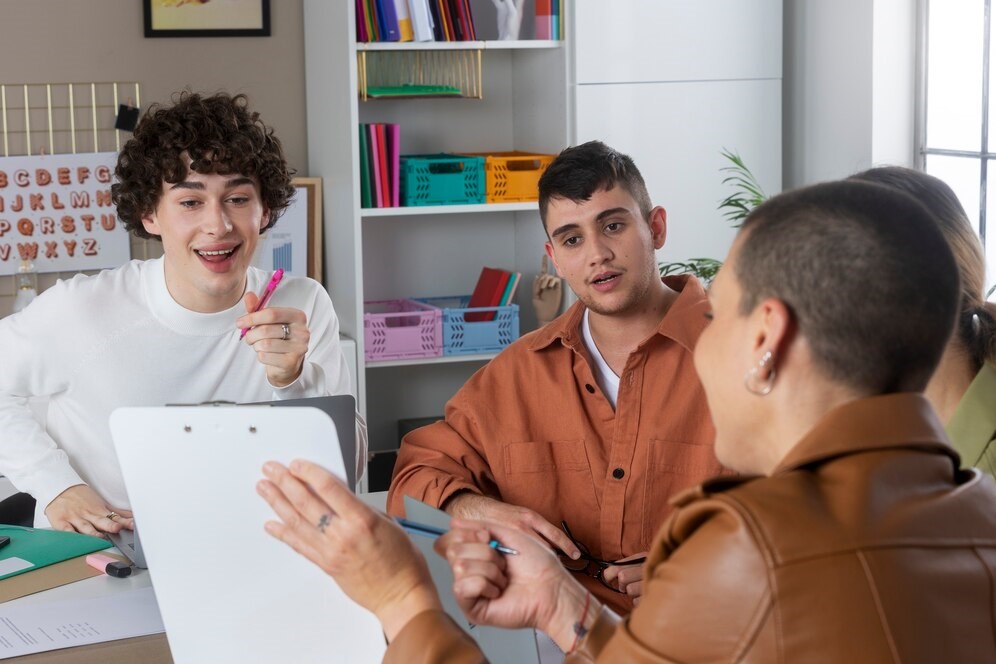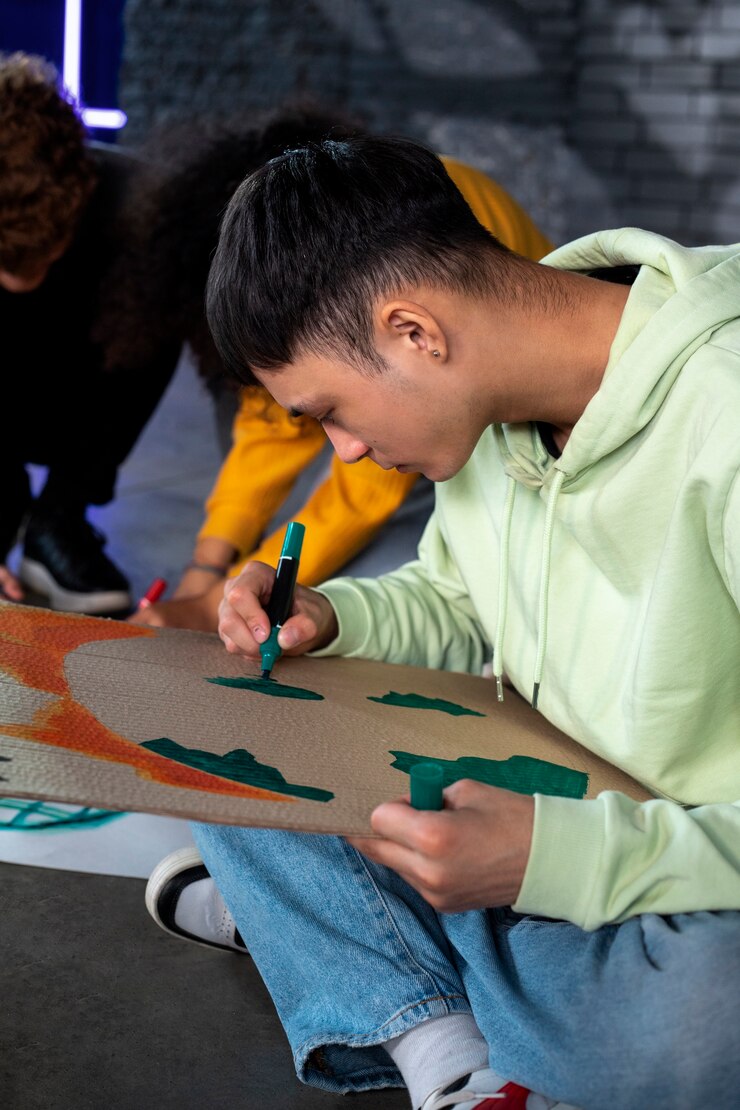Building Connections
Evidence-Based Benefits of Inclusive Classrooms for DHH Students
- Equitable Access to Education: Inclusive classrooms ensure that DHH students have access to the same curriculum and learning experiences as their hearing peers. This aligns with the principles of Universal Design for Learning (UDL), which emphasizes accessibility and flexibility in teaching methods (Brady et al., 2016). By participating in the general education setting, DHH students benefit from exposure to diverse perspectives and learning opportunities.
- Social Integration and Emotional Well-Being: Inclusive settings reduce the isolation often experienced by DHH students, fostering friendships and social connections that contribute to their emotional well-being. Interactions with hearing peers encourage mutual understanding and empathy, creating a sense of belonging and acceptance (Marschark, 2007).
- Development of Communication Skills: Collaborative activities in inclusive classrooms, such as group projects, promote the development of communication skills among both DHH and hearing students. Hearing peers gain an appreciation for diverse communication styles, while DHH students practice navigating social interactions in mixed-ability settings (Spencer & Marschark, 2010).
- Preparation for Real-World Environments: Inclusive classrooms mirror the diversity of real-world environments, preparing DHH students for future social and professional interactions. This exposure helps them build confidence and adaptability in navigating mixed-ability settings (Marschark & Spencer, 2010).
Limitations of Inclusive Classrooms for DHH Students
Communication Barriers: DHH students may face challenges in accessing verbal instructions or participating in discussions, particularly if accommodations such as sign language interpreters, captioning, or assistive listening devices are not consistently provided (U.S. Department of Education, 2021).
Unprepared Educators: Many teachers lack the training and resources needed to effectively support DHH students in inclusive classrooms. This can result in inadequate accommodation and hinder students’ academic progress (Spencer & Marschark, 2010).
Resource Constraints: Schools may struggle to provide the necessary resources, such as assistive technology, specialized staff, or visual aids, to fully support DHH students in inclusive settings. These limitations can compromise the quality of education for DHH students (Marschark, 2007).
Social Challenges: While inclusive classrooms promote social integration, DHH students may still encounter difficulties in initiating and maintaining interactions with hearing peers. These challenges can lead to feelings of exclusion if not addressed through intentional interventions (Xie et al., 2014).
Mitigation Strategies
Professional Development: Providing educators with training on inclusive practices and the unique needs of DHH students can enhance their ability to create supportive learning environments (Brady et al., 2016).
Intentional Inclusivity: Schools can implement policies and practices that prioritize accessibility, such as ensuring the availability of interpreters, captioning, and visual aids (U.S. Department of Education, 2021).
Collaborative Planning: Involving DHH students, their families, and specialized staff in the planning process ensures that accommodations are tailored to individual needs (Spencer & Marschark, 2010).
By addressing these limitations and leveraging the benefits, inclusive classrooms can provide a supportive and empowering environment for DHH students, fostering their academic, social, and emotional development.
References:
Brady, N., et al. (2016). Communication Bill of Rights. Retrieved from NCSE.
Marschark, M. (2007). Raising and Educating a Deaf Child: A Comprehensive Guide to the Choices, Controversies, and Decisions Faced by Parents and Educators. Oxford University Press.
Spencer, P. E., & Marschark, M. (2010). Evidence-Based Practice in Educating Deaf and Hard-of-Hearing Students. Oxford University Press.
U.S. Department of Education. (2021). Individuals with Disabilities Education Act (IDEA), 34 CFR § 303.324(2). Retrieved from IDEA Regulations.
Xie, Y., Potměšil, M., & Peters, B. (2014). Children Who Are Deaf or Hard of Hearing in Inclusive Educational Settings: A Literature Review on Interactions with Peers. Journal of Special Education Research.




